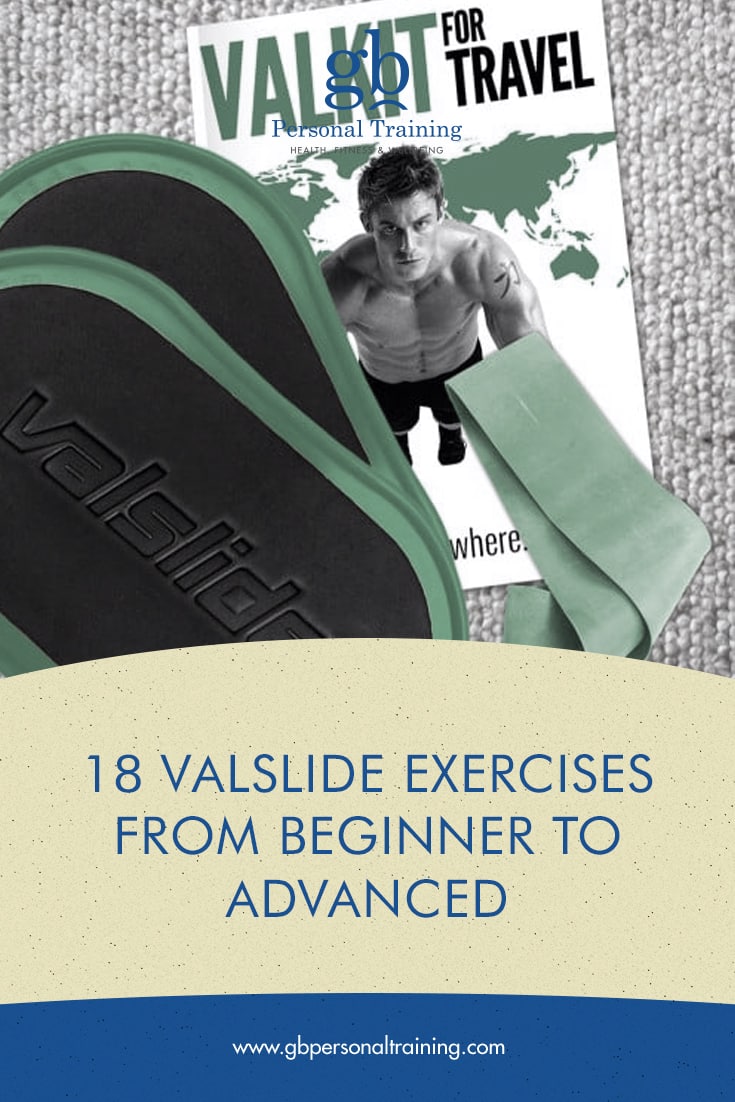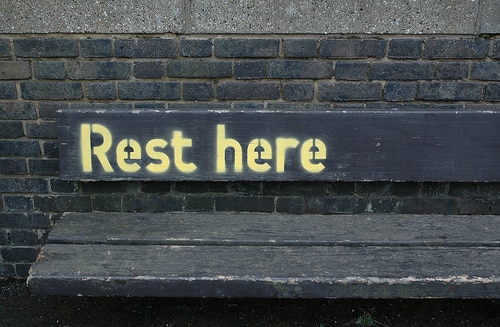
Have you ever noticed the postural similarities between a baby and the elderly?
Understanding the development of the human body will help you realise why certain exercises are great for your posture and why others are destroying it.
Later I’ll be showing you what exercises you should focus on but for now lets look at what human development teaches us.
It Starts with Pronation
When a child is born, and even prior to birth, they adopt the fetal position. In anatomical terms this is referred to as being in pronation.
During Pronation the arms and legs are turned inwards and the body is in flexion or bent forwards.
It is also interesting to note that this position is adopted as a defensive position during times of danger, it’s comfortable and protects the vital organs. Shock most people and they will instinctively move into pronation.
Moving into Supination
As time passes the body starts to open out like a flower in spring. The spine begins to straighten and the limbs, through the development of muscle, start to turn outwards. The body moves from Pronation into Supination.
Finally we get to a position, all being well, where the body is fully upright. The spine develops its natural “S Curve” and the strength of our back muscles and Buttocks keeps us upright and open.
Maintaining an upright and Supinated position signals to the world that we are strong, confident and mean business!
Ends Back in Pronation
As we age gravity starts to take its toll. Muscles start to weaken and the body, slowly at first, and quickly towards the end brings us back down towards the fetal position.
Just like a wilting flower the body starts flexing forwards and the limbs begin to travel inwards.
Elderly people in their final years struggle to straighten their limbs and spend most of their time looking at the ground 🙁
How to Prolong Your Healthy Posture
The way you exercise will have a huge impact on how your body looks and reacts.
If you want to maintain your upright posture and stay in Supination rather than moving back into Pronation then you need to take action.
Exercising to improve your posture is not as difficult as you may think. All you need to do is promote more Supination within the body.
Here are the 3 key areas you need to address:
# 1 – Extension
Rather than spending all of your time on Flexion based exercises like Crunches that take you further into the fetal position.
Work on exercises that promote extension like: Back extensions, Cobras, and Sky Divers.
Here’s an example of the Back Extension exercise (note how it counteracts forward flexion)
# 2 – External Rotation
Have you ever seen someone running and flicking their feet outwards at the back?
Take a look next time you are in your local park and you’ll be surprised! When the knees come in and the feet flick out at the back that is usually due to weak external rotation of the hips. In other words, their buttocks are too weak to keep their legs in a straight line. The legs are being pulled into a pronated position.
Question: What is the biggest problem with feet today, and hence why the orthotic industry is booming? Answer: Pronation of the feet! Strengthen your External Rotation Muscles or Buttocks and the Pronation of the feet will more times than not disappear.
Work harder on exercises like: Bridges and Single Leg Deadlifts
Here’s a Tutorial video of a the Single Leg Deadlift:
# 3 – Supination
Most kinds of pushing exercises will put you into Pronation, or in other words fold everything inwards. Most kinds of pulling exercises will put you into Supination, or open everything outwards.
So hours spent on Push Ups and Bench Press Exercises will only help to promote bad posture, and turn the body inwards.
It’s ironic that most people work on their chest muscles to increase the appearance of their chest when they are actually only turning their posture in on itself and hiding their prized possessions. If you really want to reveal a good chest then work on exercises that lift the chest and open the body out like a beautiful flower.
Work harder on Pulling based exercises like: Rows, Deadlifts or Cable Pulls.
Here’s a video of an Single Leg Dumbbell Row:
Conclusions
We all only have a finite amount of time on this earth. We start off in a Pronated position and end in a Pronated position but how long you remain strong and upright is up to you.
You can either work hard to destroy your posture or you can work hard to improve it. With any luck you will work hard to maintain a beautiful flowing posture well into your twilight years.


























































